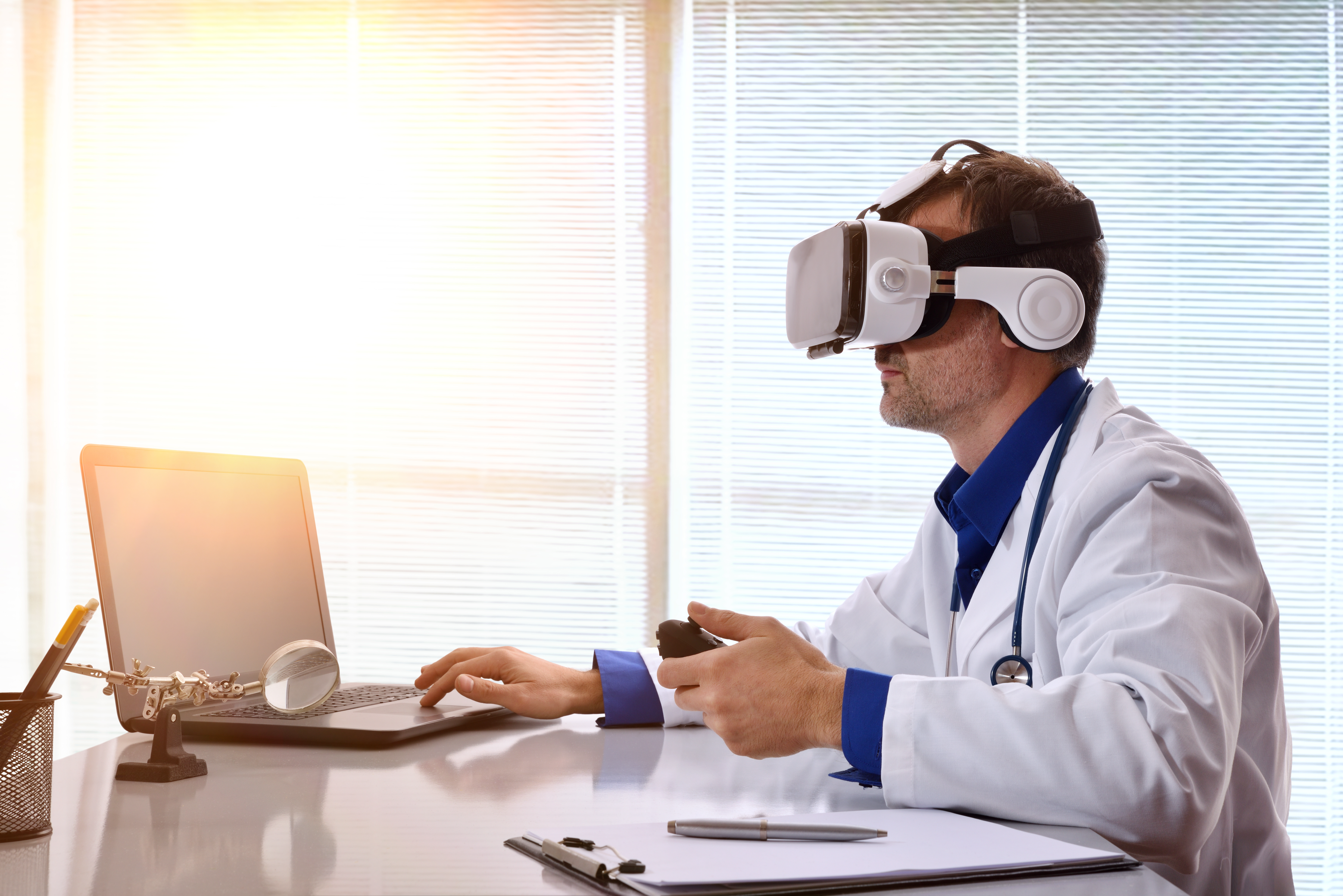
Medical education continues to advance to further domains, and anesthesia training is aligned with this trend. In the traditional method of clinical education to become a specialist, aspiring anesthesiologists would complete two years of a standard pre-clinical academic curriculum, followed by two years of rotations, and a residency and optional fellowship. Physician skills were taught under the direction of a more senior physician in the surgical suite, and students typically learned with the increasing complexity of more clinical responsibilities.
However, questions have emerged in the didactic literature on the benefits of effective preparation prior to even entering the operating room. This has begun to shift at the medical school level. For example, in anatomy, a critical knowledge base for anesthesiologists and surgeons to acquire, many medical schools have now integrated advanced technology into the curriculum, which allows students to explore the human body and perform virtual dissections before they attend the actual laboratory class. Such technologies are improving with each year, to qualitatively positive results from students. Given such successes, virtual reality is increasingly used as a tool for education throughout training, including anesthesiology residency.
A 2018 study from the University of Toronto investigated the efficacy of virtual reality education compared to standard education with respect to resident acquisition of fiberoptic intubation skills. Anesthesia residents were divided into a control group, which learned and practiced intubation on a standard medical training mannequin, and the experimental group, which learned the same skills on a virtual reality program. The virtual reality program was developed by a third-party manufacturer, specific for anesthesiologists. Following this training regimen, anesthesia residents from both groups were required to perform intubations on live patients, and were scored rigorously. Scores were acquired on the basis of time, a global rating scale, and a checklist of numerical completion. The raters were blinded to the order and group origin of each resident. Following analysis, the research team found that the residents who learned under the virtual reality condition reached their optimal performance more quickly, that is after fewer practice sessions, than the control group. In addition, the global rating scales were higher, and time improved slightly, in the virtual reality group. Based on the results, the researchers have advocated for teaching hospitals to integrate virtual reality into the anesthesiology residency curriculum where possible. Furthermore, it is advised that future studies will explore the long-term retention of skills acquired with virtual reality, as well as increase the breadth of procedures taught through this method.
In addition to the tactical and surgical skills required of an anesthesiologist, patient care metrics are also critical. Virtual reality is thus entering the anesthesia clinical services domain, as exhibited by recent developments, specifically with regards to managing patient pain. A recently concluded program from Stanford University explored the efficacy of a virtual reality application that allows clinicians to engage with patients, with real-time results, with the objective of increasing patient satisfaction. Physicians were able to understand the ways in which specific actions can alter the relationship between patient and provider. Furthermore, this technology has been used by anesthesiologists and other anesthesia providers to learn more about how anxiety affects pain, which aids in planning post-operative recovery. When used successfully, these strategies are documented to lead to decreased anxiety, as well as a decreased perception of pain from the patient perspective.
Future studies will continue to explore the efficacy of virtual reality as a tool for training, education, and skills acquisition in the anesthesia space. Anesthesiologists, in engaging with such technological advancements, will continue to hold leadership positions and move forward with improved patient outcomes.

